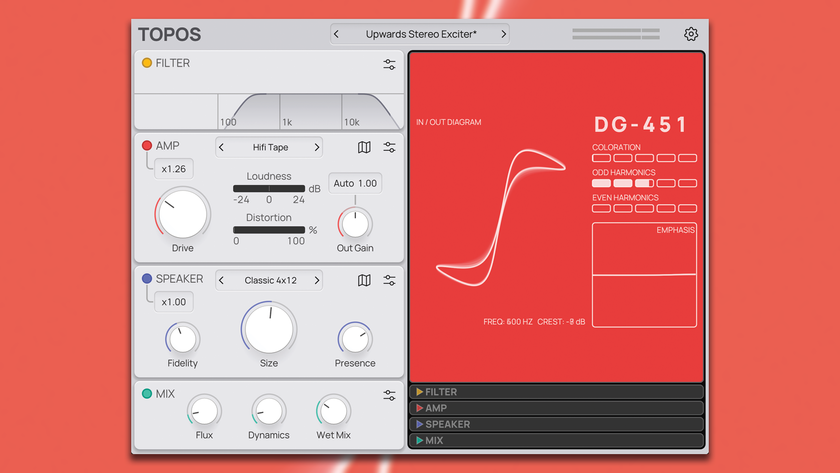How to inject pump and personality with forceful parallel compression
Learn how to bring your drums to the fore with extreme dynamics processing
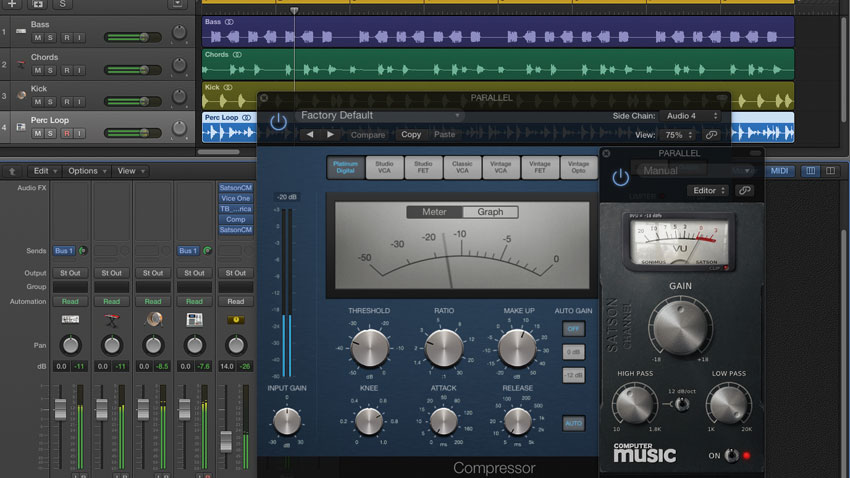
When your beats are sounding weak or flat, overt parallel compression could well be the answer. In this tutorial, we'll show you how to use multiple compressors on an auxiliary channel to add weight and power to a percussion track, complete with sidechaining for extra movement.
For more creative compression tutorials, check out the October edition of Computer Music (CM234).
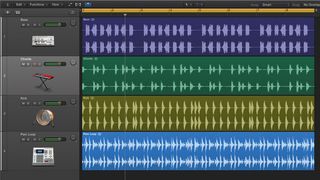
Step 1: Heavy-handed, over-the-top compression is a surefire technique for injecting forceful movement, character and 'pump' into dancefloor-orientated beats. To demonstrate, we're starting with this 125bpm tech-house groove, created using samples from Computer Music 234's Loopmasters sample pack - download the audio files into your DAW to follow along.
Initial track sketch

Step 2: The kick, percussion, bass and chords sound pretty good, but we can use heavy compression to add more vibe and motion into the beats - we'll have more control over this if we blend the heavily compressed signal in parallel alongside our unprocessed parts in the mix. Create an aux return or FX channel, mute its output for now, then send Perc Loop.wav's channel to this return by a 0dB amount.
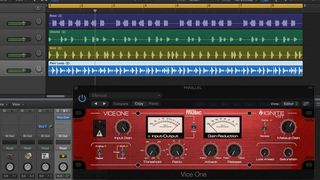
Step 3: Let's obliterate the parallel percussion signal with extreme compression. Solo the return track, insert Ignite VST's Vice One on the channel, then dial the Threshold to -50dB, Ratio to 10:1, and Attack and Release to 0. Set Input Gain, Lookahead and Saturation to max, and the Makeup Gain to 6. This completely transforms the percussion loop into a flattened block of breathing weight.
Parallel smash aux signal - solo
Parallel smash aux signal in the mix
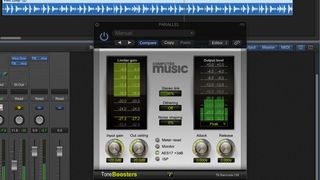
Step 4: When building your own creative parallel compression setups, a good way to shape the exaggerated compression further is by lining up multiple dynamics processors in series - so let's flatten the remaining transient detail with Toneboosters' Barricade CM limiter. Load it after Vice One in the aux return's plugin chain, then set In gain to +20dB, Out ceiling to -20dB, then Attack and Release to 0ms. Smashing!
Smashed aux with limiting
Smashed aux with limiting in the mix
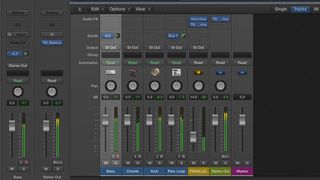
Step 5: Un-solo the aux return, then pull down its channel fader to blend the effect alongside the other parts in the mix - we settle at -14dB. You can greatly influence how the squashed signal 'breathes' and interacts with the whole groove by sending different signals to the aux return in parallel. Send the bass channel to our parallel aux by -9dB and notice the unique movement we've created as the bass weight trips the compressor's gain reduction.
Get the MusicRadar Newsletter
Want all the hottest music and gear news, reviews, deals, features and more, direct to your inbox? Sign up here.
Smashed aux with bass signal - solo
Smashed aux with bass signal - in the mix

Step 6: Pre- and/or post-compression EQ can greatly transform the way our dynamics processors squash various parts together, so experiment by filtering the parallel signal. Here, we'll load Satson CM right at the start of the plugin chain, before our dynamics processors. Pulling back the Low Pass dial to 1 o'clock subdues the high-end energy of the parallel signal while still retaining midrange movement.
Smashed aux with LP filtering at start of chain
Smashed aux with LP filtering in the mix
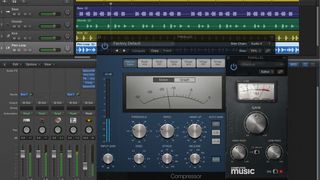
Step 7: Level automation or sidechaining can make the solid, compressed, distorted signal 'dance' around other track elements. Insert your DAW's compressor after Barricade CM, and route the kick to its sidechain input to trigger heavy reduction. A short 12ms Release exaggerates the 'pump', then another Satson CM, with its 12dB/oct Highpass at 11 o'clock, removes distorted bass frequencies.
Sidechained aux signal - solo
Sidechained aux signal with HP filter
Sidechained HP aux signal in the mix

Step 8: Finally, instead of using the 4/4 kick to trigger the compressor's gain reduction, try piping other elements of the mix into the compressor's key input. We're using the track's chords to pull down the smashed parallel signal whenever a chord hits, causing the signal's level to wildly pump and jump up in the gaps between chord notes.
Signal sidechained against chords
Signal sidechained alongside chords
Sidechained against chords in the mix
Computer Music magazine is the world’s best selling publication dedicated solely to making great music with your Mac or PC computer. Each issue it brings its lucky readers the best in cutting-edge tutorials, need-to-know, expert software reviews and even all the tools you actually need to make great music today, courtesy of our legendary CM Plugin Suite.

